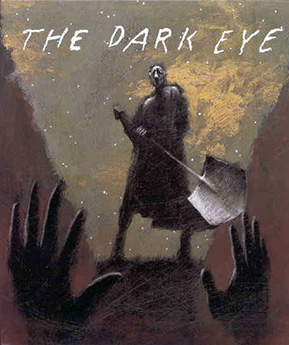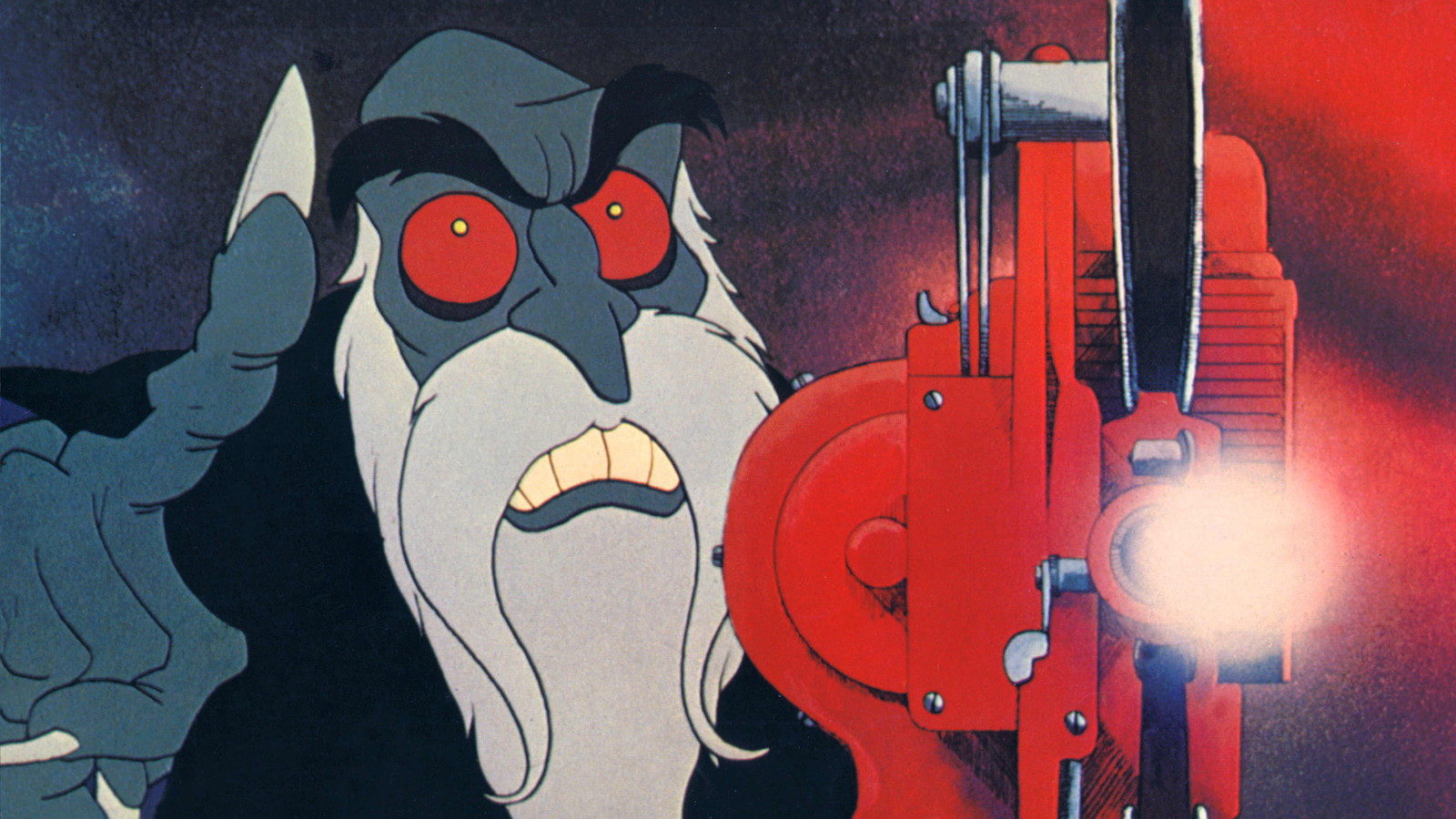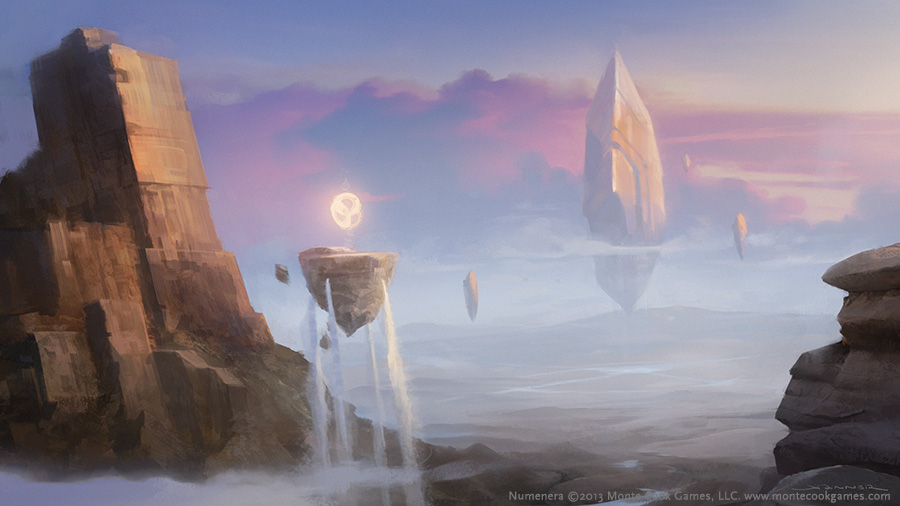What Can You Play With a d20?
The twenty-sided die, the d20, has been around for thousands of years. Used for games of chance and various board games, the design of the die survived throughout the many centuries until the rise of wargaming as a military training tool and hobby brought it back into niche prominence during the 1800s. The die was better at reflecting probability than the more common six-sided die. However, it wasn’t until wargaming made the leap into tabletop roleplaying via Dungeons & Dragons that the d20 became a common tool among gamers around the world. This popularity soared to new heights in 2000 with the publication of Wizards of the Coast’s d20 System, which opened up the core gameplay mechanics to other tabletop companies if they wished to use it without the associated D&D intellectual property.
https://www.instagram.com/p/CET8HxwhXRM/
The popularity of the d20 from that point on became inescapable in RPG circles. If you’re looking for other games that make use of the d20 die, here are just a few of our favorites!
The Dark Eye

If you live outside of Germany and have never heard of The Dark Eye, you’d be forgiven. The Dark Eye is the most popular tabletop RPG in Germany, outselling Dungeons & Dragons since 1984. The first English translations of the game weren’t available until 2003 and the most recent translation released in late 2016. The series offers players a unique world drawing from German mythology and set on a hollow world with complex political and magical relationships. To date, there are three different bastions of civilization; the classic adventuring continent of Aventuria, the society of venerated swordsmen living on the interior of the hollow world known as Tharun, and the colossal continent of Myranor. The Dark Eye is a world where nations are ruled by the all but extinct three-eyed wizards, black furred orks prowl the lands, and trolls possess powerful remnants of a long-lost civilization that may have existed before all the younger races of the world. It’s also a setting in which gods destroy one another and wage a celestial war against one another’s pantheons.
One of the game’s notable mechanical quirks pertains to magic. Players seeking to cast spells must recite the spell from memory without reading it during the game. For everything else, players rely on d20 rolls. Check it out if you are interested in a fully fleshed out fantasy world in the vein of Tolkien but with a darker, more grounded edge.
Ralph Bakshi’s Wizards

Mandatory Credit: Photo by Kobal/REX/Shutterstock (5875253f)
Wizards (1977)
Wizards – 1977
Director: Ralph Bakshi
USA
Animation
This might be the weirdest one to shout out as well as the hardest one to get your hands on. Ralph Bakshi’s Wizards was originally a surreal animated film released in 1977. The film follows two brothers who each become wizards thousands of years in the future, long after humanity has wiped itself out through nuclear Armageddon. In the absence of humanity, or perhaps because of the massive releases of radiation, new species with special powers have risen from the ashes. Over time, two nations emerged from the chaos: Montegar and Scortch. Montegar embraces primitivism, rejecting the technology that led to the destruction of the old world, while Scortch has united under the fascist thumb of the tech-coveting Blackwolf, a villainous wizard who discovered a trove of Nazi propaganda and used it to unite the demons of Scortch. The roleplaying game allows players to take up arms and thwart the plots of Scortch fascists, defend Montegar from robotic war machines, remnants of the old world, and settle disputes within Montegar itself.
The system used by the game draws comparisons to D&D’s third edition with the d20 taking a central role. The surreal setting allows players to explore some really esoteric scenarios in entertaining ways. Plus, how often do you have a chance to draw on a fantastical animated film from the 70s for your modern tabletop role-playing experience?
Numenera

Numenera takes the far-future fantasy concept and turns it up to 11. Set billions of years in the future, eight colossal civilizations have risen and fallen into obscurity, taking the world along with them. The people of the ninth world have only begun coming into their own among the remnants of these past glories. Armed with nothing but medieval technology, they dabble in experiments with devices thousands, millions, or even billions of years old, many of which defy their explanations. More than any other RPG, Numenera embraces Arthur C. Clarke’s Third Law: Any sufficiently advanced technology is indistinguishable from magic. To that end, many characters consider the effects of such advanced technology signs of divinity while others seek to harness such pieces for their own ends. Additionally, the world has been covered with nanites invisible to the naked eye that some people can call upon to manifest what are presumed by the primitive standards of the general populace to be supernatural abilities.
Numenera has developed a cult following for the depth of its simple character creation system and the simplified rules of the Cypher System upon which its mechanics are based. The Cypher System only requires players to roll one d20 after taking in several factors to understand what numbers they need to roll in order to succeed. The rolls and their calculations are the same both in combat and without. However, for the most part, characters aren’t defined by their stats, but by what they want to accomplish and their personal journeys toward that goal.
—
https://www.instagram.com/p/CEO8eBpF2NO/
Sign up for Extra Life at extra-life.org or on Tiltify to change kids’ health to change the future for children treated in member children’s hospitals around the U.S. and Canada by playing games! Whether you’re into board games, video games, crafts, etc., there is a place for you at Extra Life!






